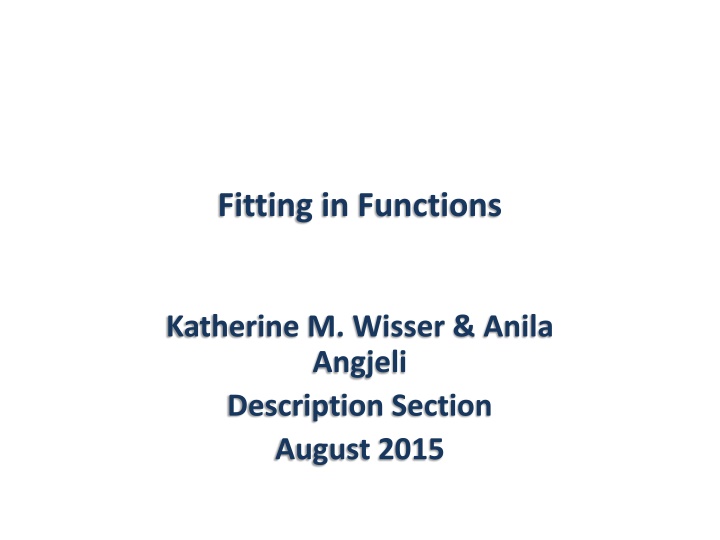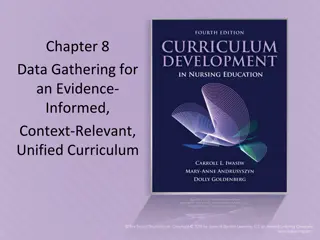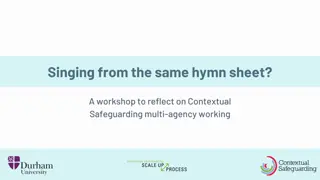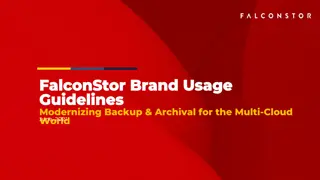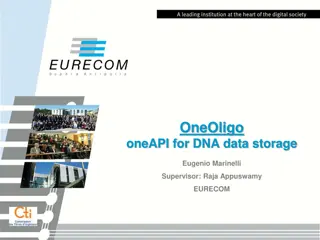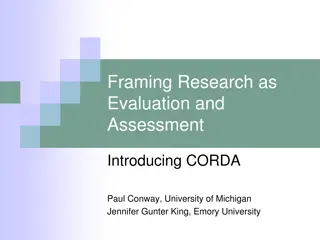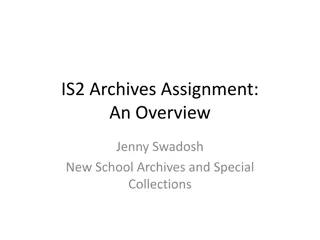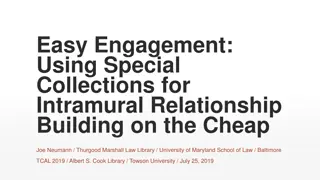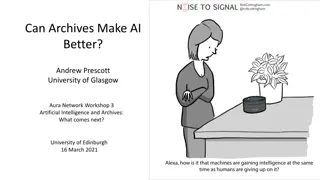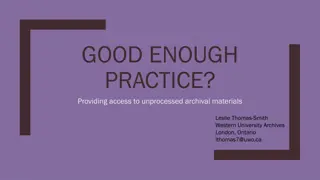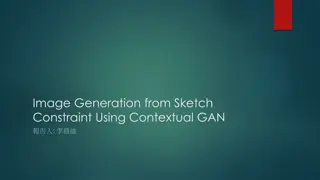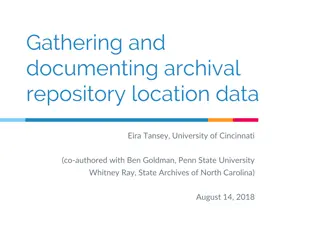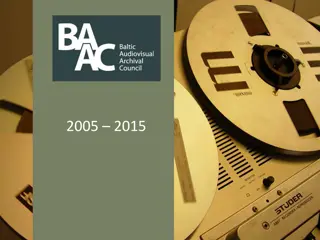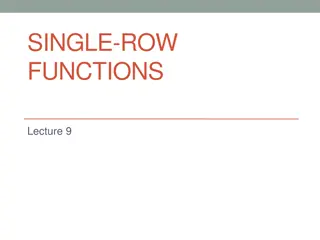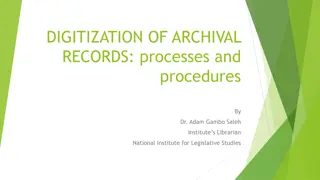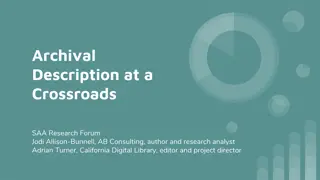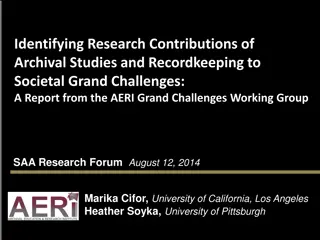Functions in Archival Description - Exploring Contextual Role
Archival description involves more than just documenting content; it delves into the context of creation and use. Understanding functions within archives is essential for unraveling the origins and significance of records, shedding light on their purpose and relationships. The ISDF provides a structured approach to defining functions within an archival framework, guiding the control of access points and documentation of relationships.
Download Presentation

Please find below an Image/Link to download the presentation.
The content on the website is provided AS IS for your information and personal use only. It may not be sold, licensed, or shared on other websites without obtaining consent from the author.If you encounter any issues during the download, it is possible that the publisher has removed the file from their server.
You are allowed to download the files provided on this website for personal or commercial use, subject to the condition that they are used lawfully. All files are the property of their respective owners.
The content on the website is provided AS IS for your information and personal use only. It may not be sold, licensed, or shared on other websites without obtaining consent from the author.
E N D
Presentation Transcript
Fitting in Functions Katherine M. Wisser & Anila Angjeli Description Section August 2015
FUNCTIONS IN ARCHIVAL DESCRIPTION
Current ICA Metadata Model ISDIAH ISDF (Repositories) (Functions) ISAAR(CPF) (Entities) ISAD(G) (Records)
The functional approach to archival description Functions and continuity in records creation Stability of functions in comparison to administrative structures Functions as causatively connected to records on their creation and use Debunking the 1:1 model of archival description
Adding perspectives Provenance approach Functional approach Records Functions Creator Records Functions Creator
ISDF: International Standard for the Description of Functions Definition of function: subfunctions, business processes, activities, tasks, transactions, and others Descriptions used: Describe as units Control the creation and use of access points Document relationships
Functions as Context Description of functions plays a vital role in explaining the provenance of records. Descriptions of functions can help place records more securely in the context of their creation and use. They can help explain how and why records were created and subsequently used, the purpose or function within an organisation which the records were designed to fulfil, and how records fitted in with and related to other records produced by the same organisation. ISDF 1.4, p. 7
Functions as Context Archival description includes information about the content, intellectual and physical attributes of the archival material, as well as information about the context of their creation and use. The contextual information of the creation and use of material is often complex and multi-layered and may involve individuals, families, organizations, societies, functions, activities, business processes, geographic places, events, and other entities. EAC-CPF Tag Library, 2011
Outline of ISDF 5.1 Identity Area 5.2 Context Area 5.3 Relationships Area 5.4 Control Area 6 Relating Functions to Corporate Bodies, Archival Materials and Other Resources
Comparison to ISAAR(CPF) ISDF 5.1 Identity Area 5.2 Context Area 5.3 Relationships Area 5.4 Control Area 6 Relating Functions to Corporate Bodies, Archival Materials and Other Resources ISAAR(CPF) 5.1 Identity Area 5.2 Description Area 5.3 Relationships Area 5.4 Control Area 6 Relating Corporate Bodies, Persons and Families to Other Archival Materials and Other Resources
Outline of ISDF Identity Area Type Authorized form(s) of name Parallel form(s) of name Other form(s) of name Classification
Outline of ISDF Context Area Dates Description History Legislation
Outline of ISDF Relationships Area Authorized form(s) of name/Identifier of related function Type Category Description of relationship Dates of relationship
We need an EAC-F Standard Karsten K hnel, The Role of Functional Provenance between Archival Appraisal and Description do we need an EAC-F standard? http://www.apex- project.eu/index.php/en/articles/210-the-role-of- functional-provenance-between-archival-appraisal-and- description-do-we-need-an-eac-f-standard
Kick-off meeting for developing a schema for Functions 22 November 2013, Brussels (Belgium) at the Royal Library of Belgium Concomitant events: ICA annual conference 2013 EGAD meeting <http://www.ica.org/13799/the-experts-group-on-archival-description/about-the-egad.html> Participation - 20 professionals From the international community: Australia, France, Germany, Greece, Italy, Netherlands, Sweden, Switzerland, UK, USA Including members of TS-EAC, TS-EAD, SDT and EGAD Creation of an AdHoc Working Group or Incubation Group on Functions
Context Since 2008 four separate, local initiatives for building a schema for functions Sweden National Archives to support a process-based approach for building an E-Archive and E-Management system in Sweden Italy to support several projects for encoding current archives Switzerland Archives of the State of Valais to trace business processes within an organization France Cross-Ministry Service for the coordination of French archives to support records appraisal and development of retention schedules All based on the overall architecture of EAC, though with variations However, unanimous agreement on the need for a unique international standard schema
Decisions on design Principles at the Brussels meeting (1) Compliance with ISDF but extend the scope to any acting agent Design architecture based on EAC-CPF ---------> Approach of shared blocks/elements/attributes with the other archival encoding standards (EAD and EAC-CPF)
Decisions on design Principles at the Brussels meeting (2) Special focus on Relations provide the adequate model for expressing the complex semantics of relations: Function Function Agents Archival materials or other resources Close collaboration with EGAD Rely on EGAD for: categories of functions and their names definition of relations the way ISDF will be further specified
Ever since EGAD has tackled the complex world of functions (or Business-related concepts) Goal s Actions Defining entities by addressing questions such as: Business Why an agent (person, organization, etc.) does something? (what is the purpose / goal / responsibility) How an agent achieves this purpose? (what activities are involved to carry out the responsibilities) Is there a mandate that authorizes the agent? Who mandates/authorizes the agent to do something? Are there rules that govern the activities? What are the relations among the defined entities? Occupations Rules Authorities Mandates Responsibilities Use cases are needed!!!
Incubation Group on Functions work plan Virtual meeting in June 2015 decided: - Hold off on construction of a schema for functions until the archival conceptual model & ontology is further along - Support EGAD in the modeling of functions (the group includes members from EGAD as well) From June on - Bring together a compendium of real life examples with a broad enough variety : - businesses / functions / activities / occupations - mandates / rules / authorizations to act - operational situations and contexts From November on - - Start building the schema
<http://www2.archivists.org/groups/technical-subcommittee-on-eac-<http://www2.archivists.org/groups/technical-subcommittee-on-eac- cpf/announcement-of-the-working-group-on-a-schema-for-function>
